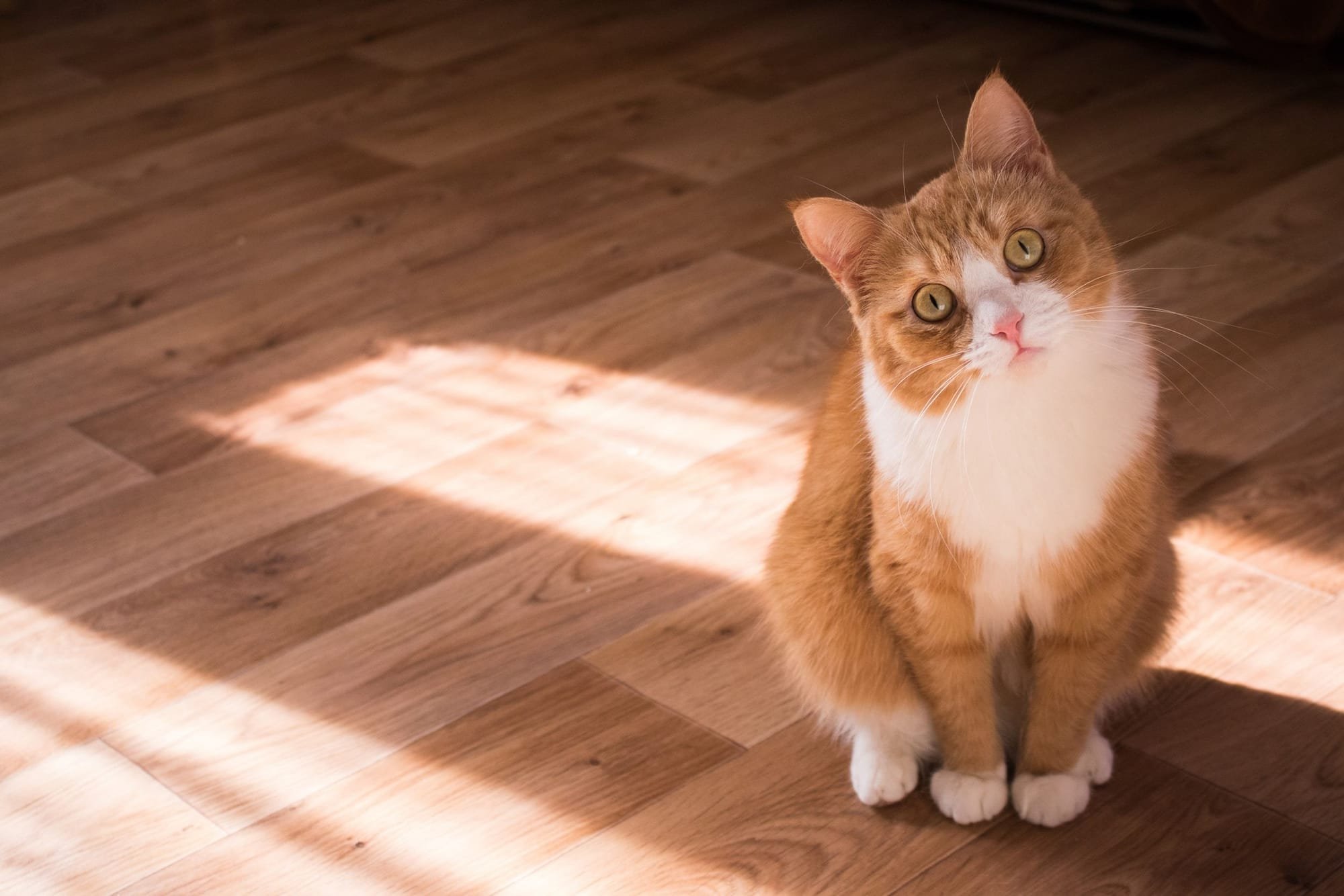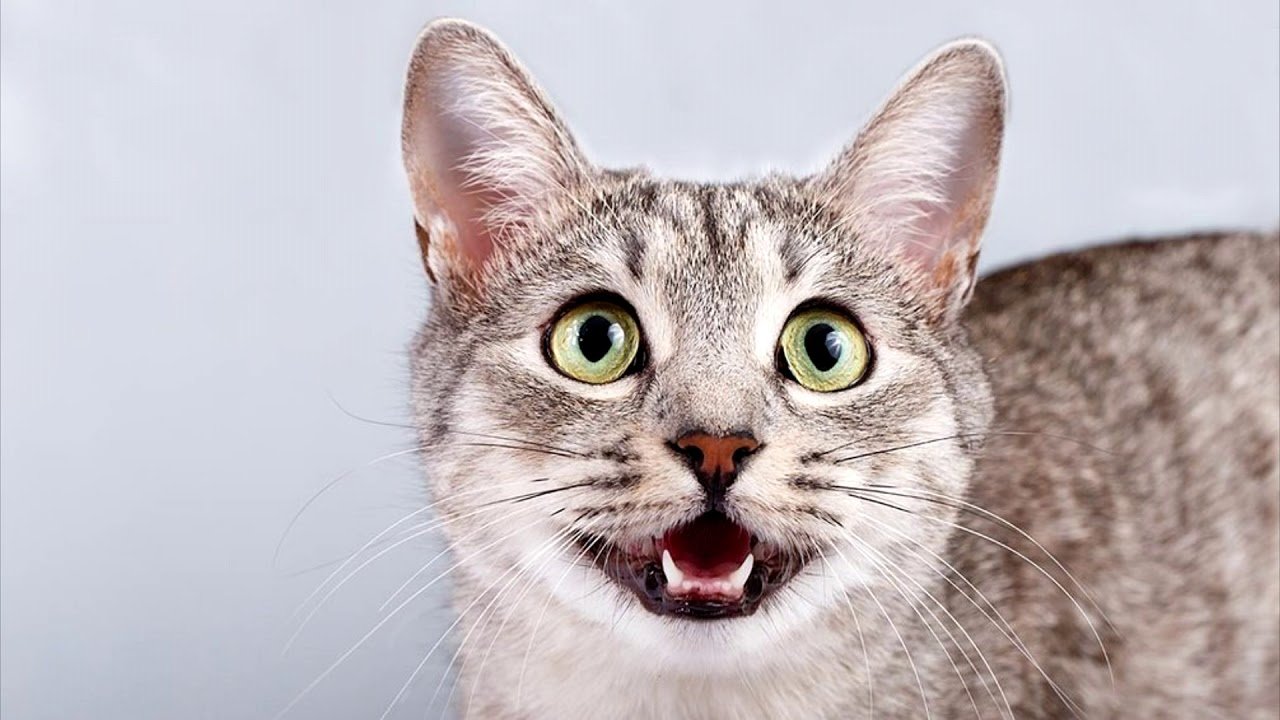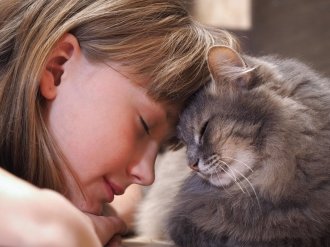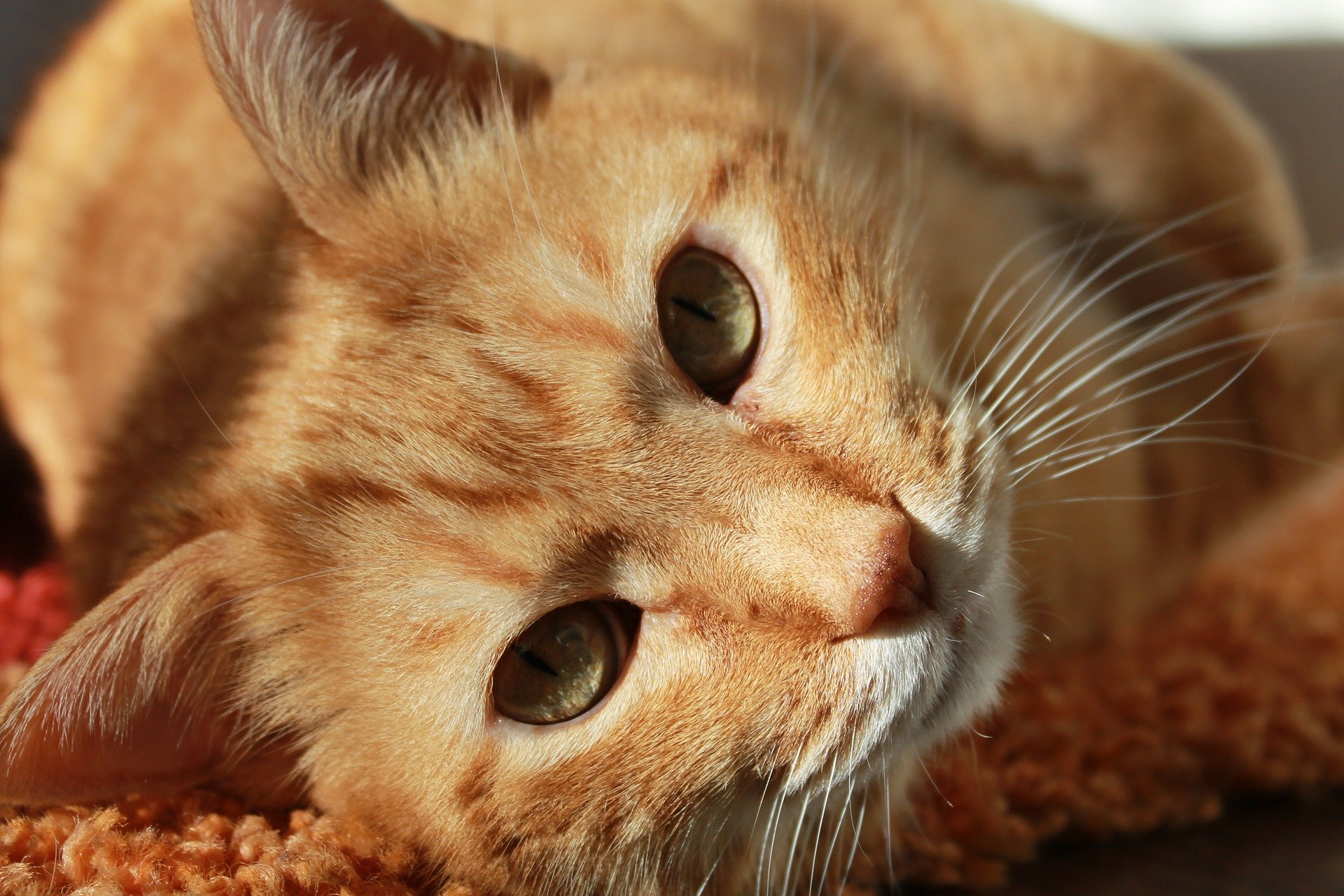
Studies conducted recently reveal that cat owners tend to communicate with their pets by meowing, whereas dog owners do not usually bark at their dogs. It is interesting to note that cats do not meow to each other but only use it to communicate with humans. They employ a variety of sounds, facial expressions, posture, tail, and ear position to communicate with other cats.
HOW TO UNDERSTAND A CAT?
Cats have a variety of vocalizations that they use to communicate with their owners. Each sound has its own unique meaning. A friendly, soft meow is a greeting, while a purr with a meow at the end is an invitation to play. Purring is a sign of contentment, and a mid-range meow is a plea for food or playtime. A long mrrrraaaaaaa indicates hunger, while a low mraaoooo is a complaint. A high-pitched, shrill rrraauu signals pain, such as when a cat's tail is stepped on. Hissing is a sign of fear or aggression, while clicking or chirping sounds are made in response to inaccessible prey.
BODY LANGUAGE
Understanding your cat's body language can help you communicate better and strengthen your bond. When your cat raises their tail, it means they are happy and content. A curled tail indicates playfulness, while a twitching tail may signal excitement or anxiety. If your cat's tail is vibrating, it means they are extremely happy. However, an arched tail with hair standing on end is a sign of aggression, and a tail lowered and tucked between the legs indicates fear. When your cat rubs against you or another animal, it's a way of saying hello and showing ownership. Head butting is a sign of affection and friendship, while a nose kiss indicates trust. Licking is a way for your cat to show affection, and slow blinking is a sign of love. Dilated pupils suggest excitement or a desire to play, while ears pressed back indicate fear, anxiety, or aggression. Finally, if your cat clicks their tongue, it may indicate anxiety or apprehension. By understanding your cat's body language, you can better understand their needs and emotions.

WHAT TO DO SO THAT OUR CAT UNDERSTANDS US?
When meeting a cat, greet it like a cat would greet another cat by touching noses. To do this, bend your finger like a cat's nose and slowly extend it towards the cat while squatting down. Make sure to stretch your hand out slowly and flush with the cat's nose, not from top to bottom. Wink slowly with both eyes when the cat is relaxed to express trust and love between you and the cat. Remember that in a cat's world, sounds and tone are more important than words. Use a firm and authoritative tone with clear gestures to correct any incorrect behavior. If the cat demands attention when you're preoccupied, say "no" emphatically and gently push it away. Repeat this several times if needed, as cats do not respect personal space. If you say "no" and pet the cat, it will regard your actions as encouragement and continue to harass you. Use a higher, kinder, and "childish" voice to invite a cat to dinner or into your arms, and make a stern face and point down with one hand when telling a cat to "get off." Avoid talking to cats in raised voices as loud noises scare them.

It's important to communicate consistently with your feline friends using the same tone of voice, facial expressions, and body language. This can help build a stronger understanding between you and your cat. By regularly interacting with your furry companion, you can improve your relationship and deepen your connection.